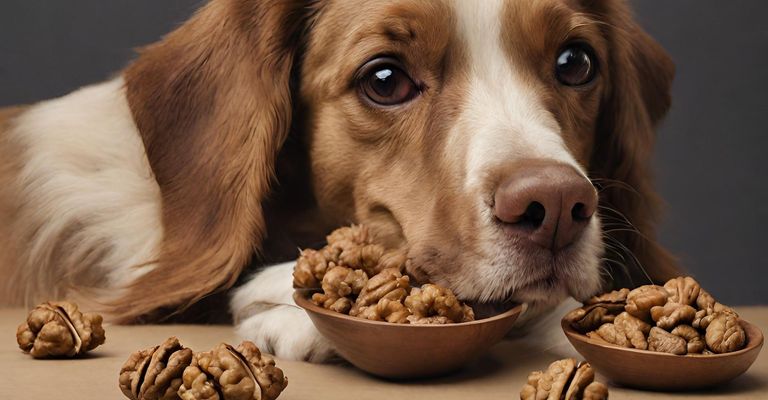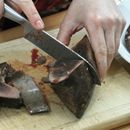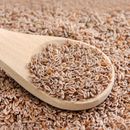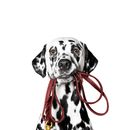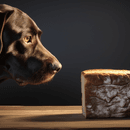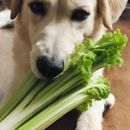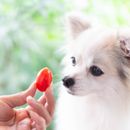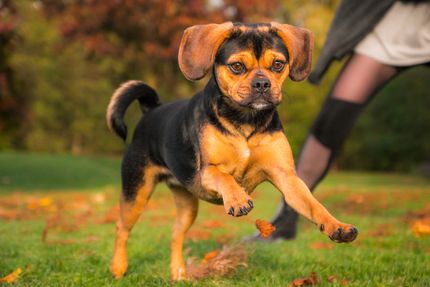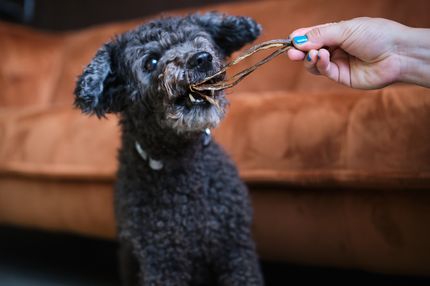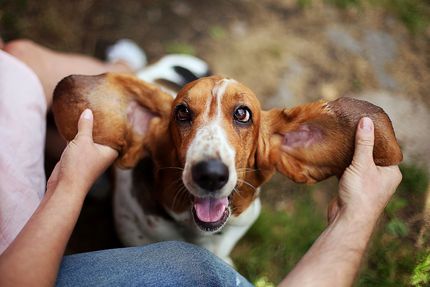Walnuts should not be consumed by dogs because they pose several risks. Here are the reasons why they should be avoided.
Can a dog eat walnuts or is it toxic?
- Toxicity from molds: molds that produce aflatoxins can be found on walnuts, especially if they have been picked up from the ground. These aflatoxins are reported to be toxic to dogs. If moldy walnuts are consumed by dogs, it can lead to poisoning. It has been observed that symptoms such as vomiting, tremors and other neurological signs may occur.
- Causing gastrointestinal distress: It is not only the mold that causes concern. Even walnuts that are considered free of mold have been observed to cause gastrointestinal distress when consumed by dogs. It is believed that the fats contained in walnuts may cause such discomfort in some dogs. Symptoms observed often include diarrhea or vomiting.
- Danger from choking and intestinal blockages: Whole walnuts or walnut shells swallowed by dogs have been found to pose a choking hazard. It has also been reported that these solid pieces can cause intestinal blockages if they enter the digestive system.
- Tannins in walnuts: Tannins have been found in walnuts. It has been observed that these tannins can cause gastrointestinal problems in dogs. The exact effect of tannins on the digestive system of dogs is not fully understood, but their presence in walnuts is an additional cause for concern.
- Risk of pancreatitis due to high fat content: the high fat content in walnuts has been identified as a potential risk factor for the development of pancreatitis in dogs, especially when consumed in large quantities. It is well known that pancreatitis is a serious condition that can lead to significant pain and other health complications.
These potential risks are significant, and it is strongly advised that walnuts be kept out of dogs' diets. It has often been found that dog owners unintentionally put their dogs at risk by giving them foods that are harmless to humans but not to dogs. Walnuts are one such example.
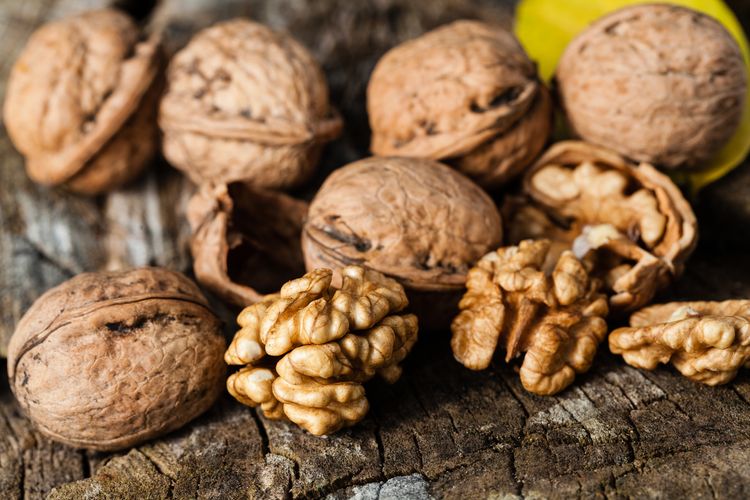
If walnuts have been consumed by a dog, it is often recommended to see a veterinarian immediately. Preventive measures can help prevent or alleviate health complications. It is often said that it is always better to be safe than sorry with the health of a beloved pet.
Therefore, it is recommended to learn about the potential dangers and toxicities of various foods before feeding them to pets. Education and awareness can help prevent unwanted incidents and ensure the safety of our pets.
Mold Traces on Walnuts: A guide to distinguishing them
Our proud walnut trees, which have graced the landscape for centuries, are often targeted by various fungal infections. These stealthy invaders can affect both the external appearance and internal quality of the nut.
It therefore proves essential to have a sound knowledge of how to distinguish a walnut affected by mold from one that is intact.
The signs of fungal attack are many: an unusually dark and dull shell color, signs of dry rot, a delicate white coating resembling wisps of mist, or even the presence of explicit mold threads. Dark spots may lurk in the depths of the nut kernel, not to mention the unmistakable musty odor that betrays improper storage.
If you intend to offer these noble fruits to your four-legged companion or even to yourself, let the choice always be marked by attentiveness. Because quality and safety should always go hand in hand.
And what about walnut oil: can my dog eat it?
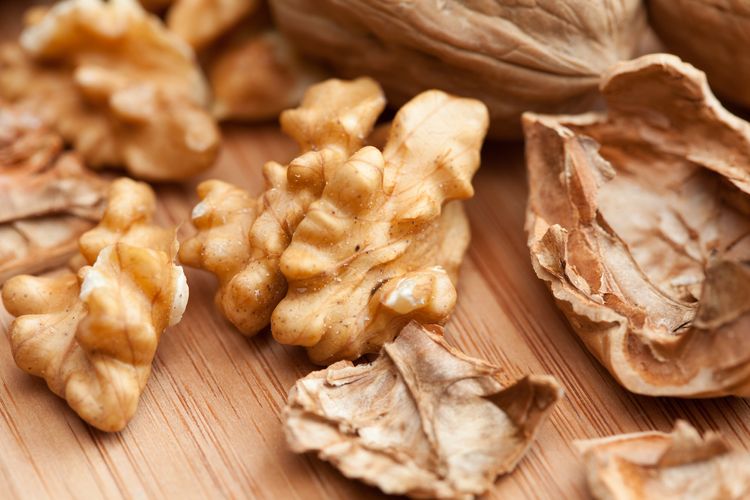
Walnut oil is often considered a possible addition to dog food, mainly because of the omega-3 fatty acids it contains, which are considered beneficial for the skin and coat.
In small amounts, it is usually considered safe for dogs, provided there is no allergic reaction to it. However, before introducing it into the pet's diet, a small amount should be administered first and then checked for any signs of allergy.
Since walnut oil is high in calories, its administration should always be done judiciously to avoid the risk of obesity.
In addition, it is recommended to make sure that the walnut oil used is of good quality and does not contain any undesirable additives. Some dogs might show digestive problems when faced with excessive amounts. Symptoms such as diarrhea or vomiting could be observed if excessive amounts of oil were given.
For optimal and safe integration of walnut oil into the dog's diet, it is recommended to consult a veterinarian beforehand. This precaution can ensure that the best is done for the animal's well-being.
How healthy are walnuts in general: what vitamins are in walnuts?
Walnuts are a nutritious type of nut and contain a variety of vitamins, minerals, and other health-promoting compounds. Vitamins found in walnuts include:
B vitamins: Walnuts are a good source of several B vitamins, including:
- Vitamin B6 (pyridoxine): Supports energy metabolism and nervous system function.
- Folic acid (vitamin B9): Important for cell division and red blood cell formation.
- Thiamine (vitamin B1): Plays a role in energy metabolism and nerve function.
- Riboflavin (vitamin B2): Involved in energy metabolism.
- Niacin (vitamin B3): Supports digestion, skin and nerves.
- Pantothenic acid (vitamin B5): Important for energy metabolism.
Vitamin E: A fat-soluble vitamin that acts as an antioxidant, protecting cells from oxidative stress.
It is also important to note that in addition to vitamins, walnuts are an excellent source of omega-3 fatty acids (especially alpha-linolenic acid). They also contain other healthy fats, protein and fiber.
In addition, walnuts are rich in antioxidants and minerals such as magnesium, phosphorus, iron and zinc.
What other nuts are edible for dogs?
Various nuts can be considered safe for dogs, but there are also those that are better avoided. Here are some nuts that are commonly considered safe for dogs, and some that are considered dangerous:
Nuts considered safe for dogs:
- Peanuts (unsalted and shelled): often peanut butter is loved by dogs and can be considered a good source of protein. However, care should be taken to ensure that peanut butter does not contain xylitol, a sweetener that is considered toxic to dogs.
- Cashews (unsalted and roasted): They can be given in small amounts, but they should not be given raw.
- Hazelnuts: Usually considered safe for many dogs, but smaller breeds could be at risk for choking.
Nuts to avoid:
- Macadamia nuts: They are reported to be toxic to dogs and can cause symptoms such as weakness, vomiting, tremors and fever.
- Pecans and walnuts: Mold toxins may be present in them, which could cause neurological symptoms.
- Almonds: although not considered toxic, they can be reported to be difficult to digest and may cause gastrointestinal distress.
Caution should always be used when considering feeding nuts to dogs. Attention should always be paid to salt, spices or other additives that are considered potentially harmful. If unsure whether a type of nut is suitable for one's dog, a veterinarian should be consulted.
